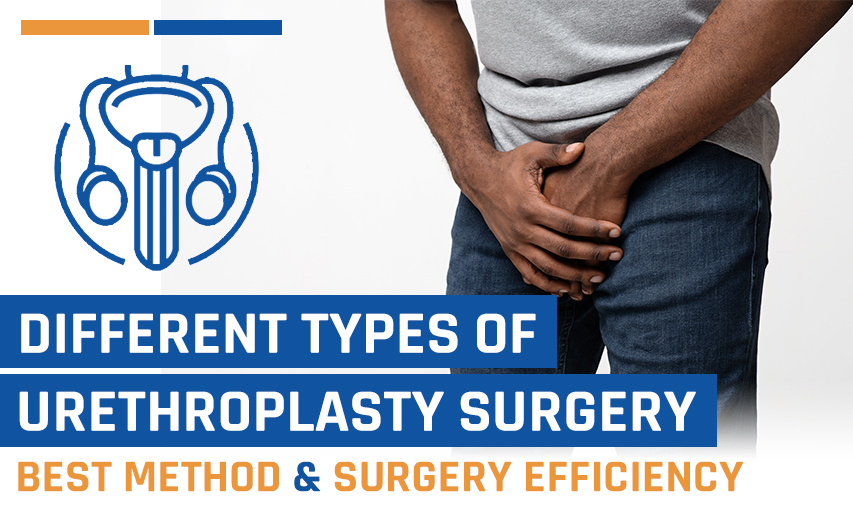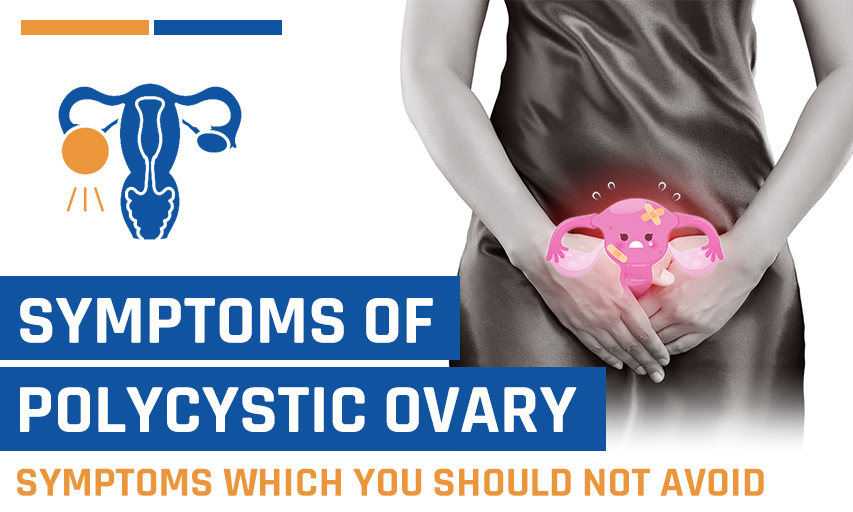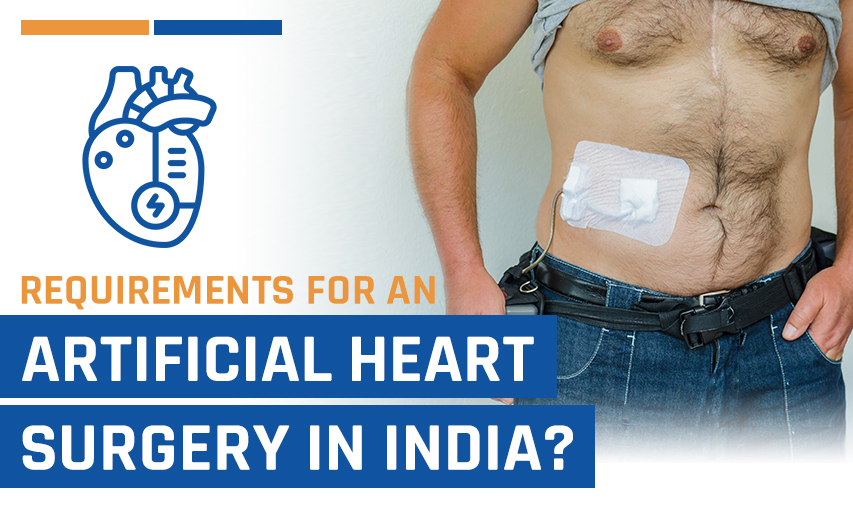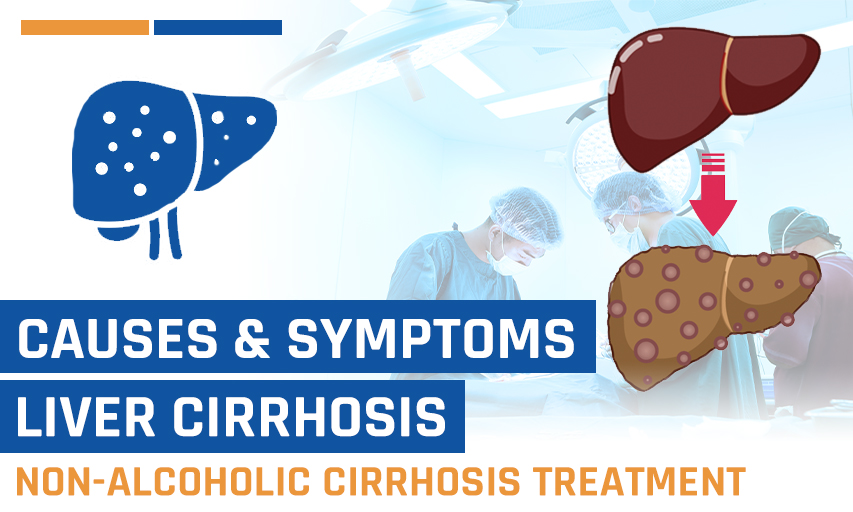Which Method of Urethroplasty has the Maximum Efficiency?
Are you struggling with urethral strictures and wondering which methods of urethroplasty has the maximum efficiency and offer the best results? If so, you're not alone, and you're in the right place. Urethroplasty is considered one of the most effective surgical treatment methods for urethral strictures, but with so many techniques out there, many patients are left asking, Which method of urethroplasty has the maximum efficiency?
Before we dive into the answer, it's important to understand what urethroplasty involves, the different types of urethroplasty available, and which conditions each one is designed to treat. Consulting a urologist is important, as they'll evaluate your specific case and recommend the most suitable method based on the stricture’s length, location, and complexity.
In simple terms, urethroplasty is a surgery performed under anaesthesia. A surgeon makes an incision to access the urethra, identifies the stricture, and then either removes it or rebuilds that particular section, depending on its length and location, to replace it or widen it to maintain its functionality and flexibility. Finally, the incision is closed, and a small catheter is placed to allow your urethra to heal while urine leaves your body. You might need to stay in the hospital for a few days for observation, where you will need to rest and avoid heavy physical activities. However, you can resume your usual activities once the catheter is removed. If you still want to know which method of urethroplasty has the maximum efficiency, keep reading!
What are the Types of Urethroplasty Surgery?
There are several types of urethroplasty, and the right one for you depends on factors like the location and length of the stricture, your health, and previous treatments. However, to know which method of urethroplasty has the maximum efficiency, you must know the procedures and what conditions they cure. Given below are 4 types of urethroplasty that are performed to reconstruct the urethra:
1. Anastomotic Urethroplasty or EPA Urethroplasty
EPA urethroplasty is one of the most effective techniques for treating short bulbar urethral strictures. During the procedure, an incision is made between the scrotum and anus. The surgeon then removes the narrowed segment of the urethra and directly reconnects the two healthy ends by sewing them together. If you are wondering which method of urethroplasty has the maximum efficiency when the strictures are short, it is EPA. This is a suitable procedure when the strictures are located deep in the urethra and are closer to the prostate in the bulbar urethra.
- Best for: Short strictures located deep in the bulbar urethra, closer to the prostate.
- Efficiency: Often considered the most efficient method for short-segment strictures, with high long-term success rates.
2. Buccal Mucosa Graft Urethroplasty
The buccal mucosa graft urethroplasty method is used primarily for longer strictures that cannot be treated by simply reconnecting the urethra. In this procedure, after an incision is made, the scarred section is opened, and a graft taken from the inner cheek is used to reconstruct the damaged area. The graft is then sewn in place to widen the urethra. To answer your question, which method of urethroplasty has the maximum efficiency for longer strictures that are not amenable to anastomotic repair? It is graft urethroplasty.
- Best for: Long-segment strictures not suitable for anastomotic repair.
- Efficiency: Highly effective for extensive urethral damage, especially when done by experienced surgeons.
3. Penile Flap Urethroplasty
This technique is ideal for strictures in the penile urethra. It involves removing the narrowed segment and reconstructing it using a flap of skin from the penis itself. Unlike grafts, flaps maintain their own blood supply, which can improve healing.
- Best for: Strictures located in the penile urethra.
- Efficiency: Offers good results when buccal grafts aren't viable or when a well-vascularised tissue is required.
4. Staged Urethroplasty
Wondering which method of urethroplasty has the maximum efficiency when a stricture requires more than two processes to treat? It is Staged or Johanson’s urethroplasty. In complex or recurrent cases, especially when there's significant tissue damage, staged urethroplasty is needed. The first stage involves removing the scarred tissue and placing a graft to create an open urethral plate. After a healing period of 3–6 months, a second surgery is done to tubularise the graft and reconstruct the urethra.
- Best for: Complex, long-standing, or failed strictures requiring more than one stage of repair.
- Efficiency: Highly effective in severe cases but requires patience and careful post-op care.
What is the Urethroplasty Method Efficiency for Different Conditions?
Urethroplasty can be performed in several ways, depending on the location and severity of the stricture. The choice of procedure depends on factors such as the length and severity of the stricture, the patient’s age and overall health, and the presence of previous surgeries or complications. However, here is a detailed explanation of which method of urethroplasty has the maximum efficiency for which conditions:
1. Short Bulbar Strictures
For short strictures that are less than 2 cm in the posterior or bulbar urethra, anastomotic urethroplasty or EPA remains the gold standard. In this technique, the scarred segment is removed, and the two healthy ends of the urethra are reconnected using fine stitches.
- Best suited for: Short and isolated bulbar urethral strictures.
- Success rate: High, up to 90–95%.
- Efficiency: Considered the most effective for short-segment strictures with minimal risk of recurrence.
2. Long Urethral Strictures
When strictures are longer or more complex, direct reconnection isn't feasible. In such cases, graft urethroplasty is performed. This method uses tissue grafts, most commonly from the buccal mucosa (inner cheek)—to replace or widen the narrowed part of the urethra.
- Best suited for: Long-segment or recurrent strictures, especially in the bulbar or penile urethra.
- Success rate: Generally around 75–80%, though outcomes improve with surgeon expertise.
- Efficiency: Highly effective for long or complicated strictures that cannot be treated by excision and reanastomosis.
3. Complex or Recurrent Strictures
In particularly severe or recurrent cases, especially those that involve large tissue loss or scarring, a staged urethroplasty or Johanson’s procedure is required. The first stage is where the graft is placed, and the urethra is left open towards the underside of the penis. The artificial urethra takes a few months to heal; once the clinician is satisfied with the healing process, second-stage surgery is done, where the opened urethra is closed with stitches up to the front part of the penis to enable the patient to pass urine normally.
- Best suited for: Complex, multi-segment strictures or failed previous repairs.
- Success rate: Varies, but can be quite high when healing between stages is optimal.
- Efficiency: Most appropriate for patients with extensive damage or previous surgical failures.
4. Elderly or High-Risk Patients
For elderly patients or those unfit for prolonged reconstructive surgery, perineal urethrostomy offers a simpler alternative. This one-hour procedure creates a permanent urinary opening behind the scrotum, which allows for seated urination and avoids the need for further stricture management.
- Best suited for: Elderly, frail, or high-risk patients unable to undergo major surgery.
- Success rate: Up to 95%.
- Efficiency: Very effective for symptom relief and quality of life improvement in non-surgical candidates.
Urethroplasty recovery typically takes around 4-6 weeks, given you avoid strenuous activities and follow your surgeon’s advice. This blog explains the types of urethroplasty for patients of different conditions and which method of urethroplasty has the maximum efficiency for which conditions. For the best post-operative care, visit India, as it follows strict infection control protocols and patient care routines, providing you with high-quality care at a fraction of the price compared to countries like Russia, Belarus, Latvia, Tajikistan, and Georgia. Follow your doctor’s instructions regarding your medication regimen and lifestyle adjustments to ensure a safe and efficient recovery process.
How Do I Decide Which Urethroplasty Method is the Best For Me?
Deciding which urethroplasty method is best for you depends on several factors, including the length and location of your urethral stricture, your health, any previous treatments you've had, and your personal preferences regarding recovery and lifestyle. Short strictures in the bulbar urethra are often best treated with end-to-end anastomotic urethroplasty, which offers high success rates. Longer or more complex strictures may require graft or staged urethroplasty, especially if prior surgeries have failed. In elderly or high-risk patients who may not tolerate longer surgeries, simpler alternatives like perineal urethrostomy may be recommended. Ultimately, the most suitable method is determined through a thorough evaluation by a reconstructive urologist, who will use imaging tests and your medical history to guide the decision. It’s important to have an open discussion with your doctor to understand the pros and cons of each option and choose a treatment that aligns with both your medical needs and quality of life after urethroplasty goals.
Why Get Urethroplasty Surgery in India?
India has become a leading country for getting urethroplasty surgery due to its combination of highly experienced urologists, advanced medical infrastructure, and low urethroplasty surgery costs. CureIndia's hospitals are equipped with state-of-the-art technology and follow internationally recognised treatment protocols, which ensure high standards of safety and success. Indian surgeons, especially those specialising in reconstructive urology, often have extensive experience performing complex urethral surgeries, including grafting and staged urethroplasty. The overall cost of treatment in India is also significantly lower than in Western countries, making it a preferred option for international patients wanting quality care without compromising outcomes. With shorter waiting times and comprehensive patient support services, India offers not just affordability but also expertise and efficiency in urethral stricture treatment.




















Be First To Comment
Leave a Comment